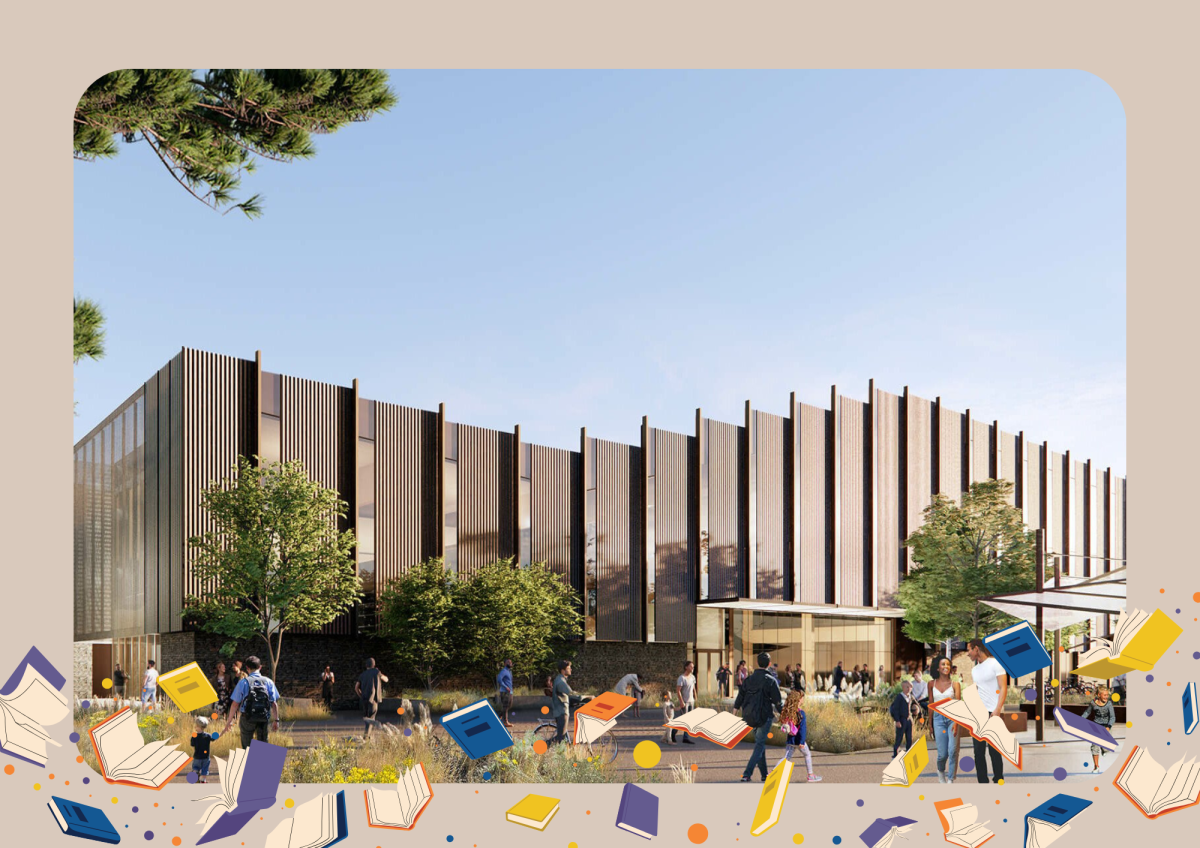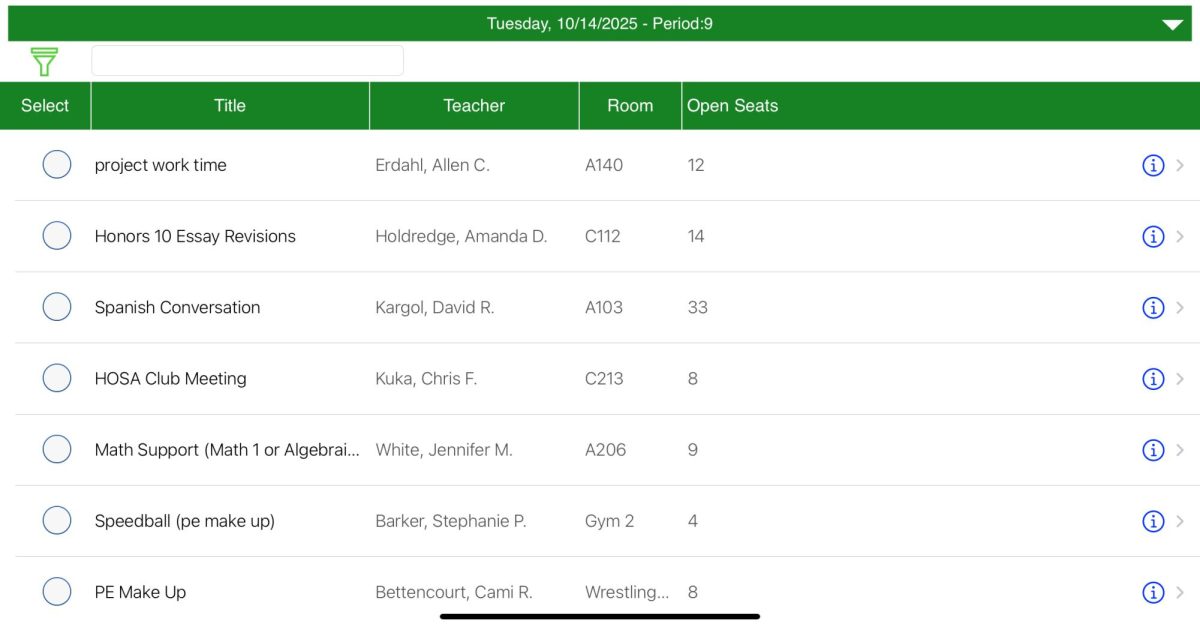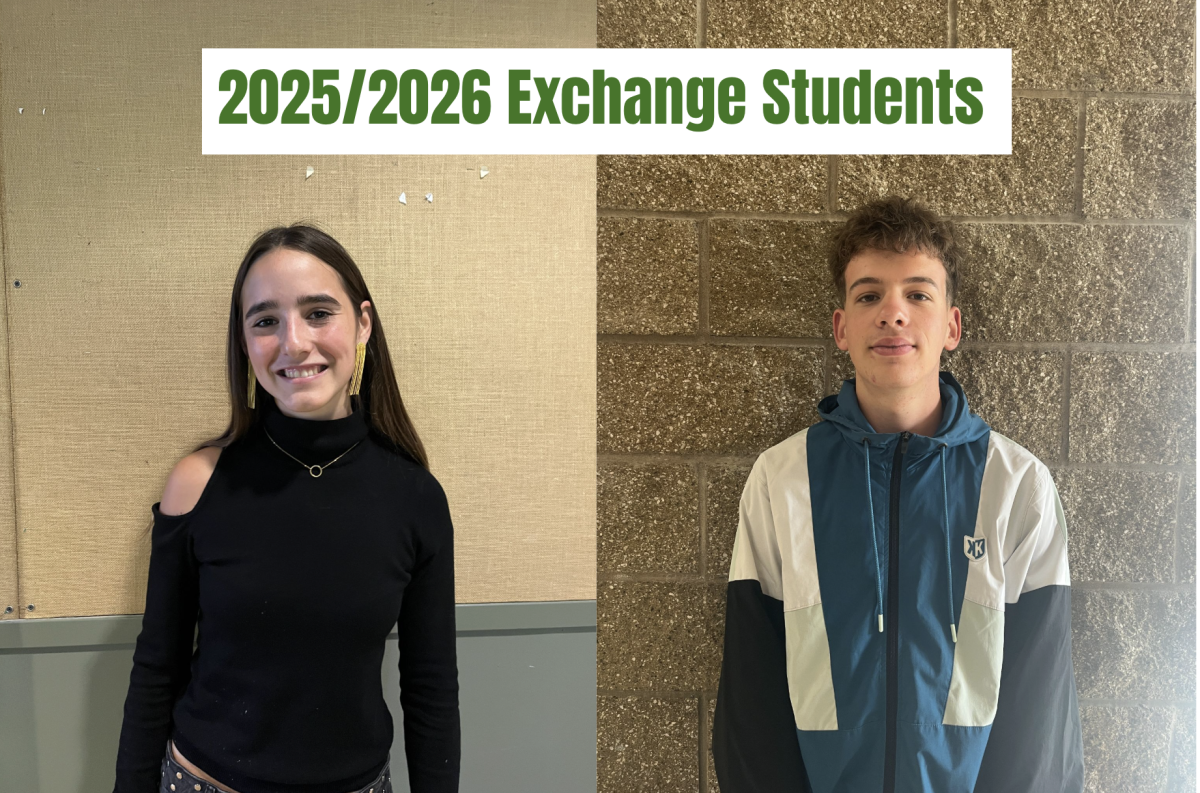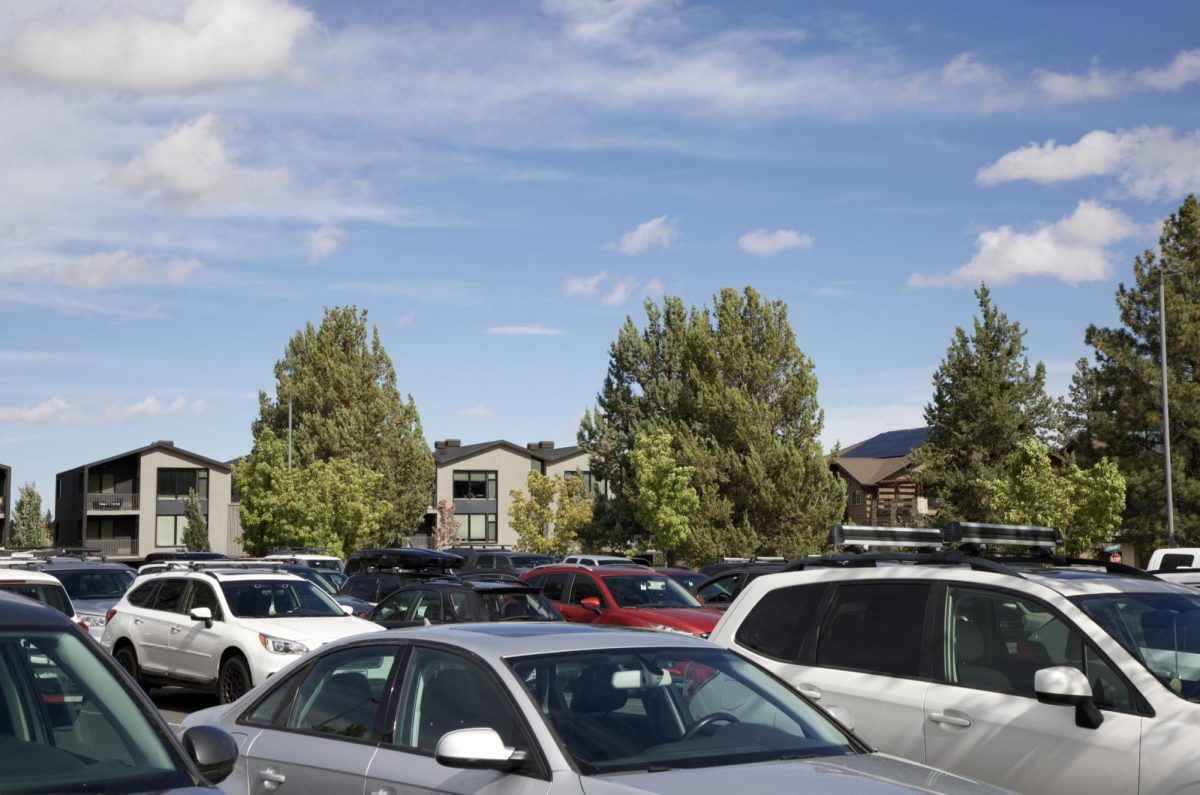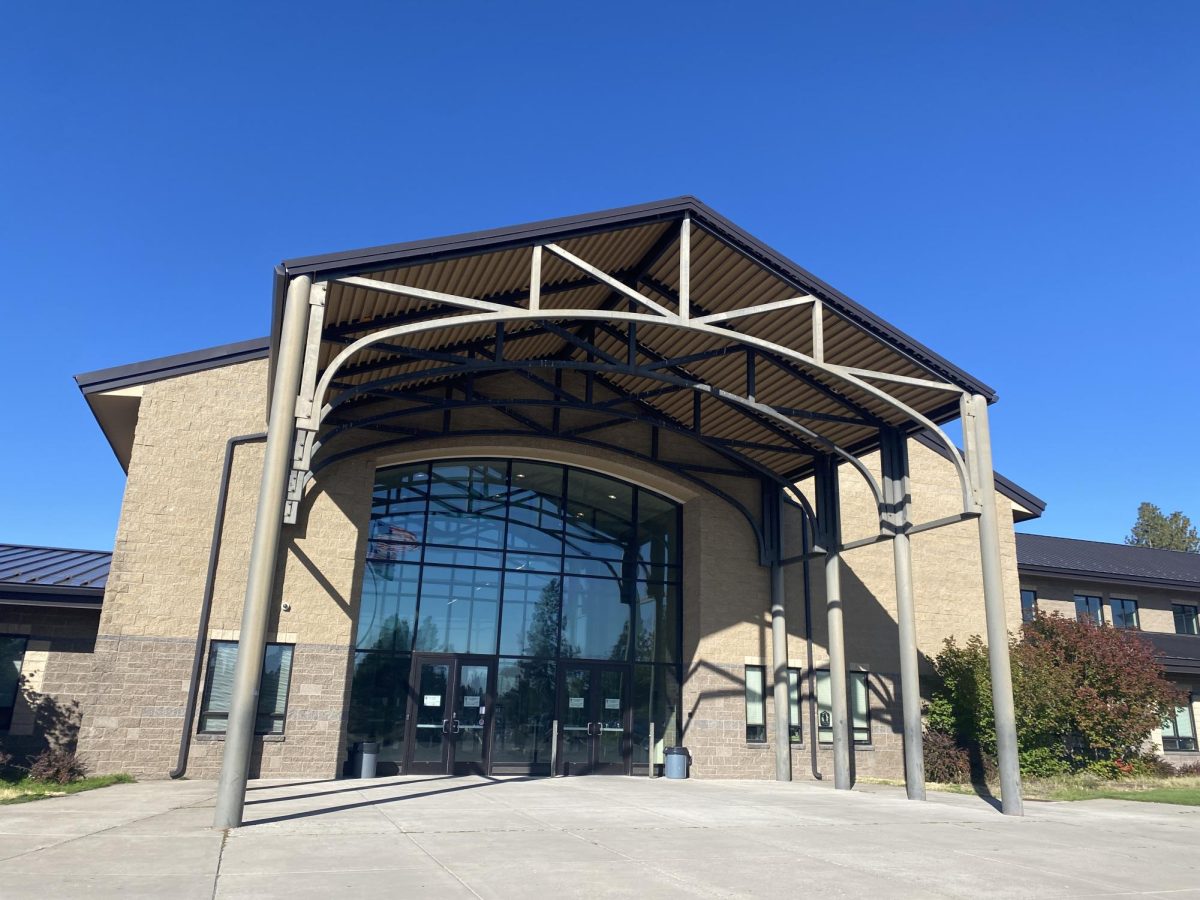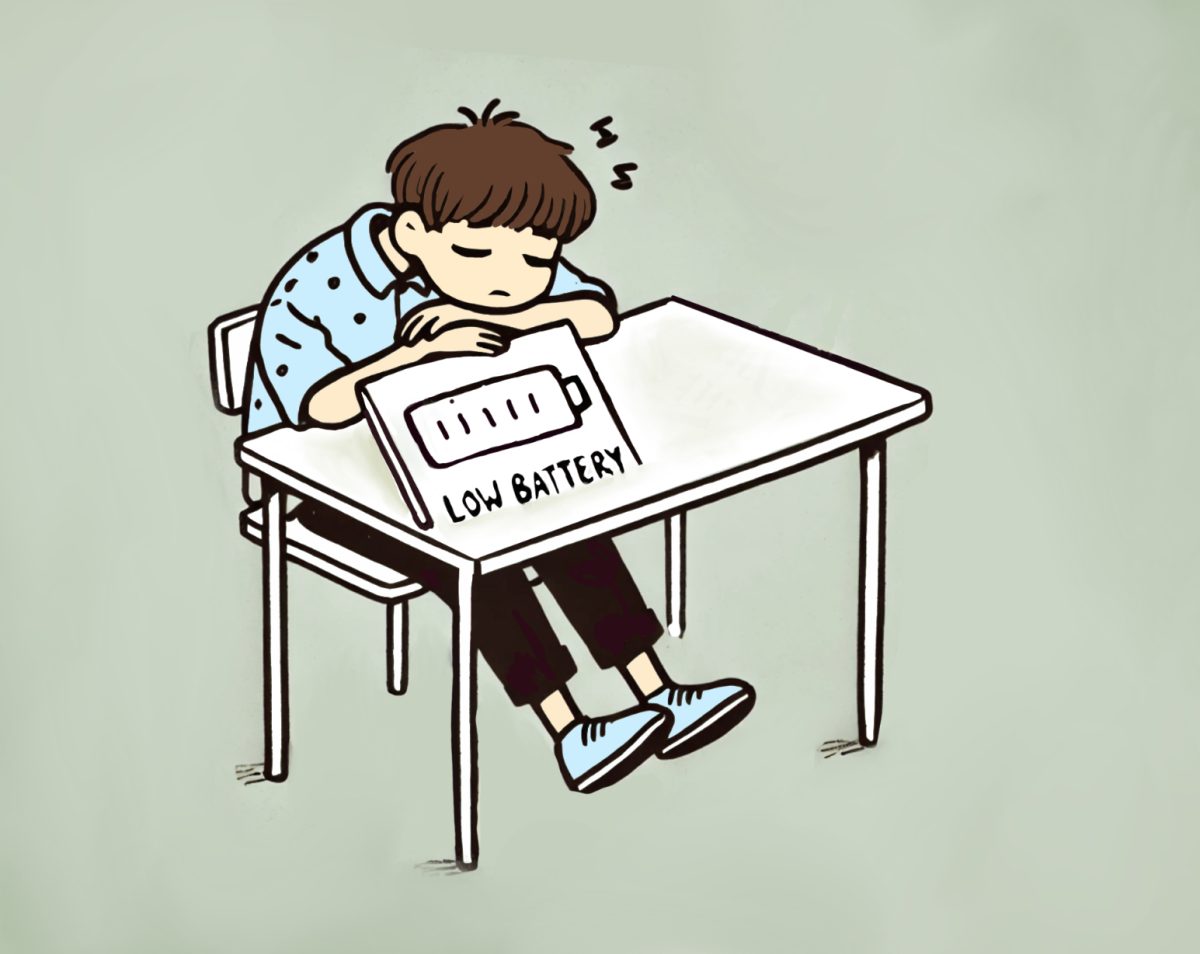When schools shut down and classrooms turned into Zoom calls, technology became a lifeline for students. But years later, the impact of this shift remains undeniable. The pandemic drastically increased our generation’s reliance on screens, affecting our social and academic lives as well as our mental health.
“The pandemic changed interactions [between students] and [their] engagement in classroom discussion and work,” said AP Psychology teacher Emily Tompkins who hypothesizes that this is because students are “relying too much on computer stuff.”
Research from the Association of California School Administrators highlights that while digital tools helped bridge the educational gap during the pandemic, they may also foster disengagement from the conventional learning environment.
When asked about the pandemic’s effects on student-student interactions, Tompkins acknowledged the challenges of rebuilding communication skills.
“It’s getting better now, but the first couple years afterwards it was like pulling teeth to get kids to talk to each other,” she said.
Beyond academics, the pandemic’s influence on the prevalence of digital communication has impacted some students’ social wellbeing.
“COVID harmed [my social life],” said Summit junior Marcus Knight. “I spent a year and a half only talking to people I know.”
The lack of daily, in-person interactions has made it harder for students to develop their social skills which may have lasting effects on students’ abilities to form relationships and communicate.
Additionally, the pandemic changed student perception of school value: Why spend eight hours in school when you used to finish your school work in two? Though understandable, this perspective has harmed student participation and classroom engagement.
“Social media interactions are quick,” said Tompkins. “I think that has made almost more awkwardness in the face to face because you can’t hide behind your best self on a screen.”
As students become less comfortable with daily interactions, they neglect to cultivate vital communication skills that will help them into adulthood.
This reliance on technology isn’t new, but the past decade has accelerated its role into education. The increased use of iPads, Canvas and other digital platforms has reshaped the way students learn, all while reinforcing the idea that work can be done from home.
AP Statistics teacher Brandon Thompson questioned the connection between growing attendance issues and the pandemic.
“It feels like [attendance] is lower than it’s ever been in school in terms of showing up to every class all the time,” he said. “I don’t know if that’s related to the pandemic or the habit of being at home and not coming to school, but I just noticed that there’s more of a chronic absenteeism.”
Data from the Oregon Department of Education supports Thompson’s concerns. At Summit, the percentage of “Regular Attenders,” those who attended more than 90% of their enrolled classes that school year, dropped from 77.8% in 2018–19 to 61% after the pandemic. Although this improved last school year—up to 65.2%—attendance is still significantly lower than in pre-pandemic years.
This trend is not limited to Summit alone. At Bend Senior High, the percentage of regular attenders went from 70.8% in 2018–19 to a bleak 51.1% in 2021–22. Though having climbed back to a 62.2% in the 2023–24 school year, this general decline in attendance is concerning.
One key factor behind this shift may be the increasing availability of technology. Now that many assignments are turned in digitally, students can get away with doing them at home. However, as time spent online increased, tech dependence contributed to issues like doom scrolling, social media addiction and reduced face-to-face interactions, all of which impacted student mental health.
Research from the Pew Research Center has found that the pandemic significantly increased the prevalence of major depressive disorder and generalized anxiety disorder among students, leading to elevated levels of frustration, stress and sadness.
“Based on the uptick in mental health problems since the pandemic, and directly following the pandemic, I know that isolation from each other was a pretty negative thing for most people’s mental health,” said Tompkins.
Additionally, Summit junior Jordyn Berry blames the effects of social isolation on growing political extremism.
“Your worldview in COVID was so condensed, and people just stayed in that worldview,” she said.
According to another study from the Pew Research Center, 77% of Americans said the country was more divided after the pandemic.
The combination of social media, technology reliance and pandemic isolation deepened ideological divides by creating environments that encourage selective exposure and echo chambers. When people spent more time alone and online during the pandemic, they increasingly turned to digital platforms for connection, only to be fed personalized content that reinforced their existing beliefs. In turn, these isolated digital interactions reduced opportunities for face-to-face dialogue which is critical for understanding different perspectives, thereby further entrenching ideological divides.
“It increased a lot of polarizing views, there’s no in between any more… there’s no middle ground,” added Berry.
When views become so polarized that the middle ground disappears, the entire basis of democratic discourse is at risk. This narrowing of our perspectives not only threatens the safety and togetherness of the nation but threatens the ability to empathize with one another.
To no one’s fault, the pandemic cultivated technology reliance during a decade where innovation in artificial intelligence and upgraded software has continued to boom. Going forward, this impact has the potential to become deadly.
While technology will remain a part of education and daily life, it doesn’t have to control it. Students have the power to reverse some of these trends. Small actions—like stepping away from screens whenever possible, engaging with new people, participating more in class and stepping outside of comfort zones—can help rebuild the in person connections that were lost.




